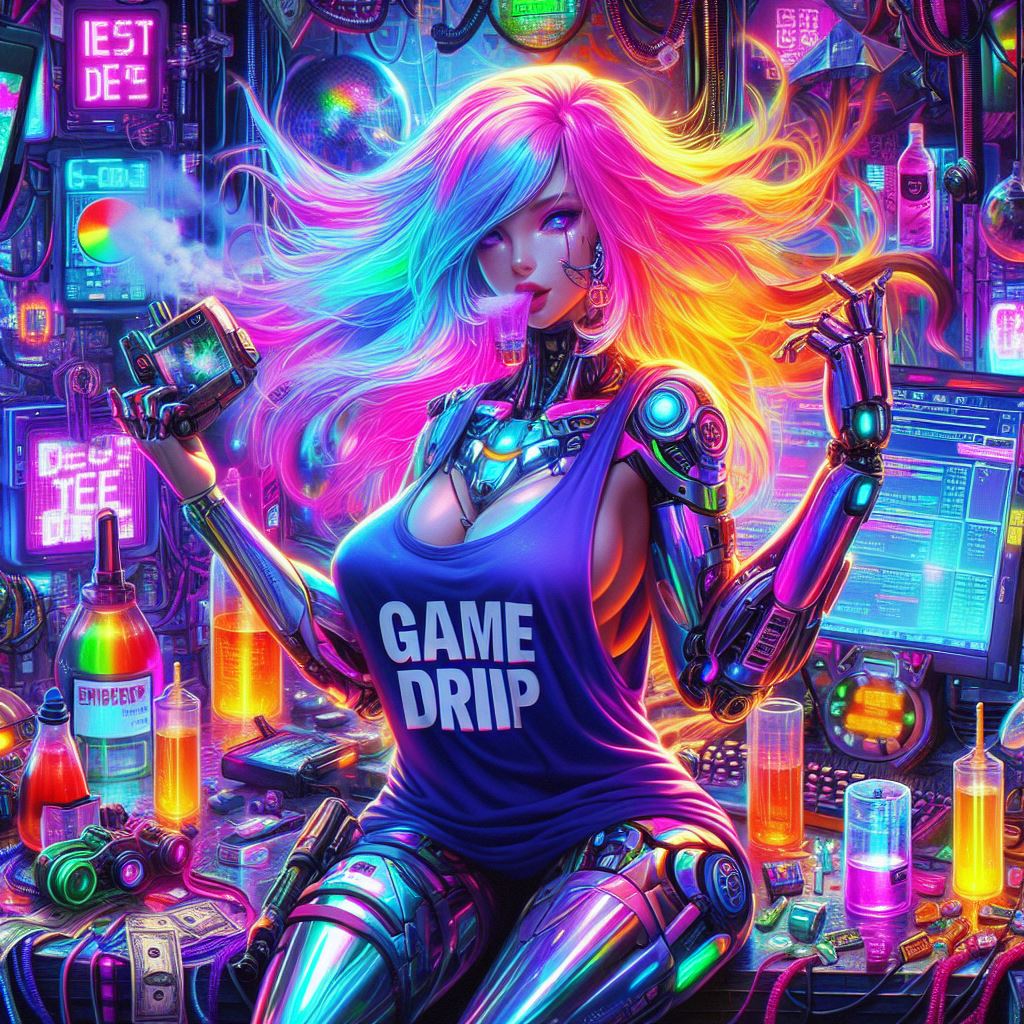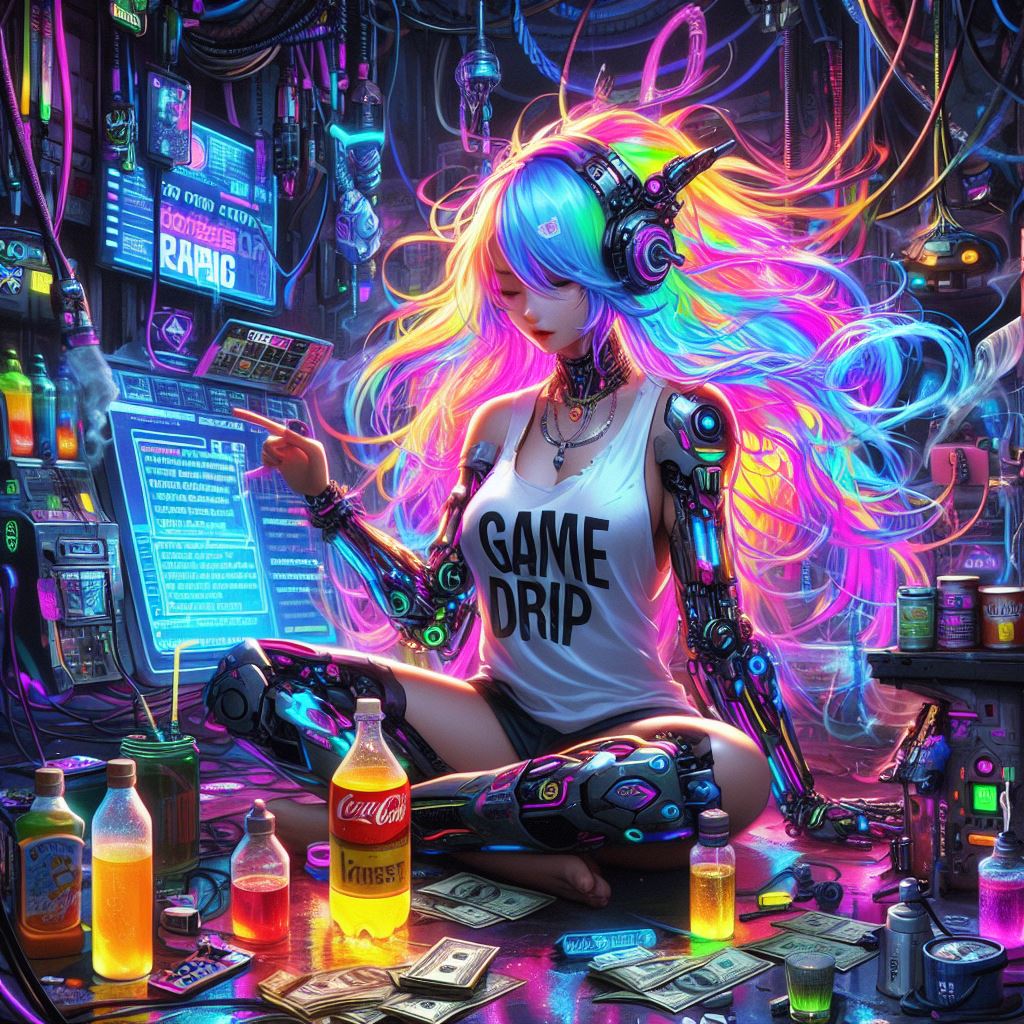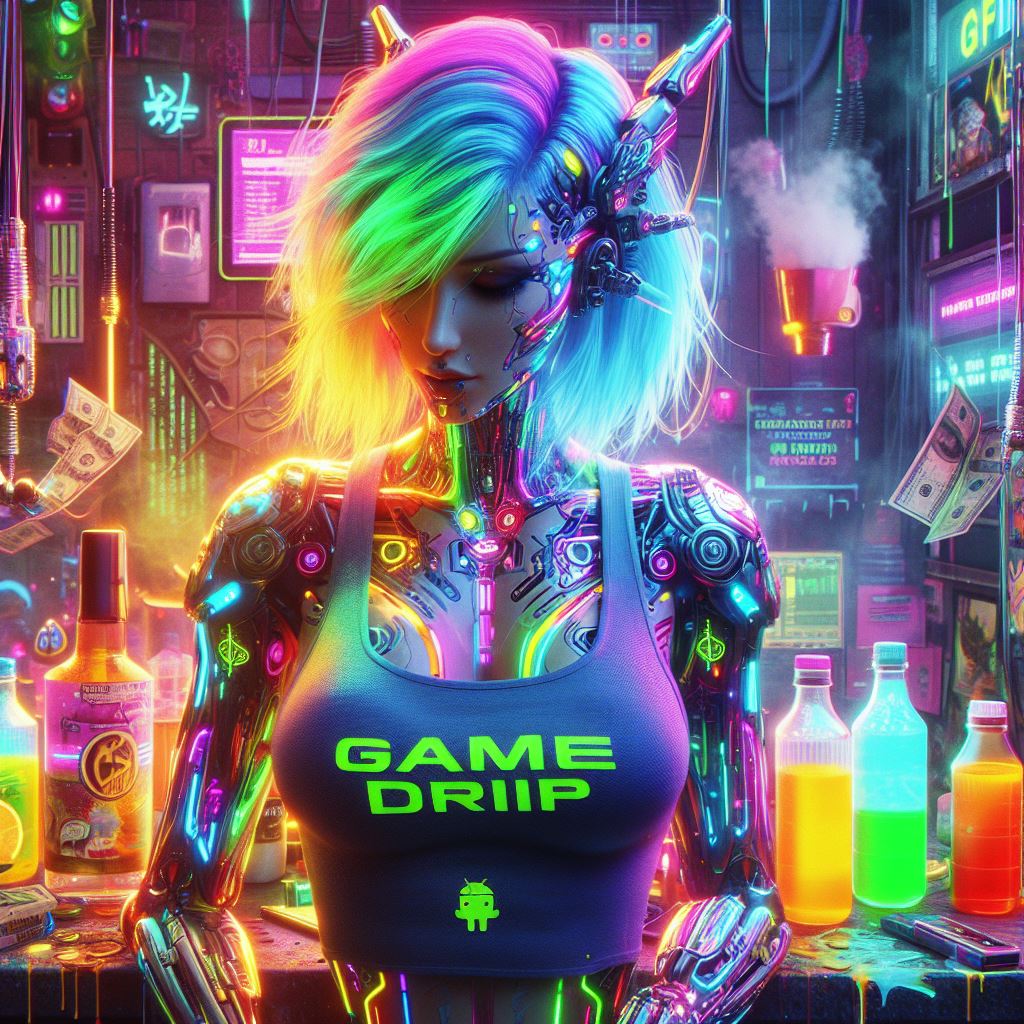As seen on New Minecraft Servers
#PRIVATE #Galactic #Craft #1.171.19 #Movecraft #Planets #Factions #Creative #Plots #Quests #Guns #Ship #Battles
The server is currently whitelisted. Please use the Discord to request a whitelist to join. Invite can be found at the bottom of the description.
_________________________________________________________________________________________________________________
![[PRIVATE] Galactic Craft 1.17-1.19 | Movecraft | Planets | Factions | Creative Plots | Quests | Guns | Ship Battles](https://game-drip.com/wp-content/uploads/img/gamedrip-news-popular-1452.jpg)
Construct starships of any size, and equip them with different devices and weapons to travel to over 11 unique planets. Defend yourself with a variety of handheld weapons, and engage in large scale sieges for control over sectors in space.
Galactic Craft is a server that was established in 2014 as a Realm. Since then, we’ve grown into a larger community. You can have flyable ships, guns, PVP players, Creative Plots, go on quests, fight against custom mobs, and more! The server is primarily factions, but there’s also smaller minigames that players can partake in. A server wiki is also available for those who want to learn more about the server’s functions._________________________________________________________________________________________________________________Here’s a list of what we have!
+Custom Guns!+Custom Plugins!+Custom Events!+Custom Heads!+Custom Resource Pack!+Unique Ranks!+Minigames!+Creative plots!+Quests!_________________________________________________________________________________________________________________For ship gameplay, we’re using Eirikh1996’s Movecraft fork for 1.13+. There’s a variety of ship types you can build and fly! You can wage wars in these ships, transport passengers or cargo, and even take them to space!
+Speeder: A small ship class used to fly around at normal speeds. Unlike all other craft types, they don’t require any fuel so it’s good to have one if you’re just starting out. Also unlike all other vehicle types (except for Boats and Submarines), Speeders are unable to travel to and operate within the vacuum of space, but are faster than all other ship types except for Interceptors.
+Interceptor: The second smallest ship class on the server. Interceptors are adept at fast-paced hit and run tactics and getting to places extremely quickly. Interceptors can match speed with a Speeder.
![[PRIVATE] Galactic Craft 1.17-1.19 | Movecraft | Planets | Factions | Creative Plots | Quests | Guns | Ship Battles](https://game-drip.com/wp-content/uploads/img/gamedrip-news-popular-3809.jpg)
+Fighter: A ship type about the same or slightly bigger than Speeders. These are typically stronger than Speeders, but can’t move as fast as Speeders and they require fuel. Typically good for a crew of one to three people, and also good for one on one fighting against ships of the same class or assault missions.
+Bomber: Bombers are stronger, slower versions of Fighters. These ships have an extra capacity for bombs, torpedoes, and missiles. These ships are best suited for attacking large capital ships from a distance and taking on enemy strike craft in a support role.
+Corvette: Corvettes are moderately sized ships that are best suited for medium-range recon roles and anti-fighter support. These ships can match speeds with a Fighter, but are only slightly faster than Bombers at cruising speed.
+Frigate: This ship class is slightly bigger and sturdier than the Corvette, but are moderately slower. This class of ship is typically used as a mobile residence or long-range transports. The Frigate is a balance between the sturdiness of a Destroyer and the reliability of a Corvette.
+Destroyer: The Destroyer is a larger, heavily armored version of the Frigate. It can take 5% more damage while matching the speed of a Frigate. These ships are generally used as long range recon, anti-frigate, and anti-corvette ships.
![[PRIVATE] Galactic Craft 1.17-1.19 | Movecraft | Planets | Factions | Creative Plots | Quests | Guns | Ship Battles](https://game-drip.com/wp-content/uploads/img/gamedrip-news-top-1759.jpg)
+Cruiser: Cruisers are mainline capital ships typically good for larger factions. These ships are larger and require more fuel than smaller ships, and are generally used as command ships or heavy transports. That being said, they’re also slower than smaller ships.
+Battleship: Like Destroyers, this class of ship is the armored equivalent of the Cruiser class. Battleships can take 5% more damage than Cruisers, but sacrifice speed for armor. These are typically used as heavy cruisers and mobile weapons platforms.
+Carrier: Carriers are larger than Cruisers and Battleships, but have armor equivalent to that of a Frigate or Destroyer. These massive ships are rare and are generally used as mobile cities or platforms used to carry and launch smaller ships such as Fighters and Speeders. These can also be used as command ships, and it’s recommended to keep these ships out of the line of fire and behind friendly lines. Their main advantage would be the ability to carry tons of smaller strike craft.
+Dreadnought: Arguably the strongest ships out there, these massive ships are more armored and deadly than any other. Because of their immense size, they’re slower than anything else and require more fuel than any other ship. These ships can serve as carriers, mobile cities, command ships, or heavy assault ships.
+Boat: Boats are the aquatic equivalent of Fighters and Speeders. They don’t require any fuel and can be as large as a Cruiser, but they can’t fly or submerge under water. These vessels are generally best used as a transport for ground personnel or tactical vessels designed to destroy other Boats.
+Submarine: Submarines can be larger than Boats and their ability to submerge underwater makes them excellent stealth vehicles. However, Submarines require fuel and can’t use cannons while underwater. These are best used to assault bases that are underwater or destroy vessels of the same class.
On top of these, we have plenty of other things unique to the server! We have shields to protect your ship from damage, custom laser cannons that you can fire at other ships, and faster than light travel to get to places quickly!_________________________________________________________________________________________________________________Lastly, we have different planets that you can fly to in space. Once you reach the planet, your ship will come with you once you enter the atmosphere! Different planets will have different atmospheres. Here’s a list of the planets we have:
+Alderaan: Alderaan is the starting world with vast plains, tall forests, large rivers, and snow capped mountains. Alderaan is limited on resources, and is an excellent place for those wanting a peaceful life. Alderaan manufactures and sells the S-91x Pegasus Starfighter and ACS-102 Speeder. Alderaan can be found in the Aldera star system.
+Hoth: A snowy planet with numerous hills. Hoth has no vegetation and no natural resources. Excellent for camouflaged bases and prison bases.
+Corellia: Corellia is a temperate planet with vast oceans, mountains, plains, luscious caves, swamps, and forests. Industrialization and pollution has resulted in the destruction of some of the forests on Corellia, and certain regions in the water are dark in color. Near Corellia is Vigor Station, a place where you can buy ships manufactured by the Corellian Engineering Corporation. Coronet City on the planet itself is home to a dozen unique vendors to buy ships such as the YT-2400 Light Freighter or YV-929 Freighter, or highly expensive armor sets and weapons. The ore deposits beneath the surface consist of moderate amounts of iron, coal, diamond, and redstone.
+Tatooine: A desert planet with a few canyons, desert fauna, and extremely large mountains. This planet is completely absent of any water and very low on natural resources. Tatooine is one of the best places for base building, as the terrain is extremely flat and open.
+Dantooine: Dantooine is a planet located in the Raioballo star system. Dantooine’s surface consists entirely of a vast plains biome with very numerous trees, rivers, and caves. However, it has little to no ores and various other natural resources. Dantooine gets frequent rain and combined with its flat land makes it an excellent choice for farming.
+Sullust: A magma-based planet with a barren and dangerous surface. Sullust’s land consists of mainly stone hills and ridges, magma pockets, and has numerous unique geographical features such as spiked mountains and lava rivers. The most notable feature of Sullust is its extreme supply of all ores. The surface is blanketed with numerous large iron deposits and within Sullust’s extensive cave system in addition to large amounts of just about any ore within the caves.
+Avalon: This planet is currently home to a hornet’s nest of Cylon Centurions. Rumors have it that this planet was where the Cylons launched their first attack from, and was frequently used as a staging ground. Once the Cylons left the general population alone, it was suspected that Avalon was where they had retreated to. Avalon is an extremely hot magma planet with large lava lakes and small lava oceans. Terrain wise, it’s similar to that of Hoth and Dantooine.
+Carlac: Carlac is a medium sized snowy tundra world with numerous hills, similar to Dantooine. Most of its surface consists of beautiful trees, mountains, and ice caves. Carlac also has plentiful deposits of gold, diamond, emerald, and redstone ore below its surface. Carlac also is known for its large amounts of amethyst crystals located below the surface within its cave systems.
+Eadu: Eadu is a dark, stormy planet located in the Bheriz star system. Frequent rain and lightning storms plague the planet, so much so that the sun is rarely ever seen, covering Eadu in complete darkness. Eadu’s rocky terrain consists of large mountains, canyons, rivers, and stone spires making ship travel hazardous and difficult, especially for large ships. The planet has no vegetation and little wildlife. Eadu’s caves contain a large amount of lapis lazuli, redstone, coal, and emerald deposits, and the surface has numerous deposits of coal making this planet an excellent choice for obtaining fuel. Eadu is home to the Eadu Energy Conversion Laboratory.
+Utapau: Located in the Tarabba system, Utapau is a large, grassy planet with numerous hills on its surface. Utapau has little to no vegetation and is known for its large amount of vastly deep sinkholes that are often used for cities and bases. Numerous caves stretch throughout the planet and often serve as passageways between the sinkholes. Large deposits of gold, iron, redstone, and diamonds populate these caves. Utapau is home to the Buuper Torsckil Abbey Devices ship company, known for producing hyper-lethal ships such as the Porax 38 Starfighter.
+Scarif: Scarif is an ocean world with numerous islands, and contains lots of tropical flora and marine life. Scarif has little to no caves and shallow oceans. Small amounts of iron, diamond, emerald, gold, lapis, and redstone can be found beneath the sea floor. Scarif is most often used as a vacation spot or tourist resort due to the isolation and pleasant environment. This planet can be found in the Abrion star system.
+Dandoran: Dandoran is a planet with rocky terrain and vast forests. Dandoran is divided into large continents by narrow ocean pathways. The oceans are filled with plant and animal life. A fair amount of caves are also located underneath the surface, as well as inside some small mountains. Dandoran’s resources consist of gold, iron, emerald, copper, coal, diamond, and redstone, but is particularly high in the first four mentioned resources. Dandoran is located in the Doran star system.
+Geonosis: Geonosis is a hot, barren desert planet with numerous canyons, mountains, jagged plains, vast caves, and tall rocky spires. Geonosis is home to the Geonosians, a race of sentient and highly xenophobic bug-like creatures known to live in the caves below Geonosis. There is little life on the planet beyond the Geonosians, and Geonosis’ resources consist of unimpressive amounts of lapis lazuli, coal, emerald, copper, and redstone. There are no other resources besides the previously mentioned ores. An arena is located on the planet which the Geonosians use to host gladiatorial matches against many different exotic and dangerous animals from all over the galaxy. The planet itself is surrounded by a large ring of asteroids with numerous ore deposits. Geonosis is located in the Ea star system. _________________________________________________________________________________________________________________We hope you decide to join us! If you have trouble joining, please visit our support center in the Discord! Thanks!Discord: https://discord.gg/UAcaZXY_________________________________________________________________________________________________________________




















![[PRIVATE] Galactic Craft 1.17-1.19 | Movecraft | Planets | Factions | Creative Plots | Quests | Guns | Ship Battles](https://game-drip.com/wp-content/uploads/img/gamedrip-news-trending-8093.jpg)